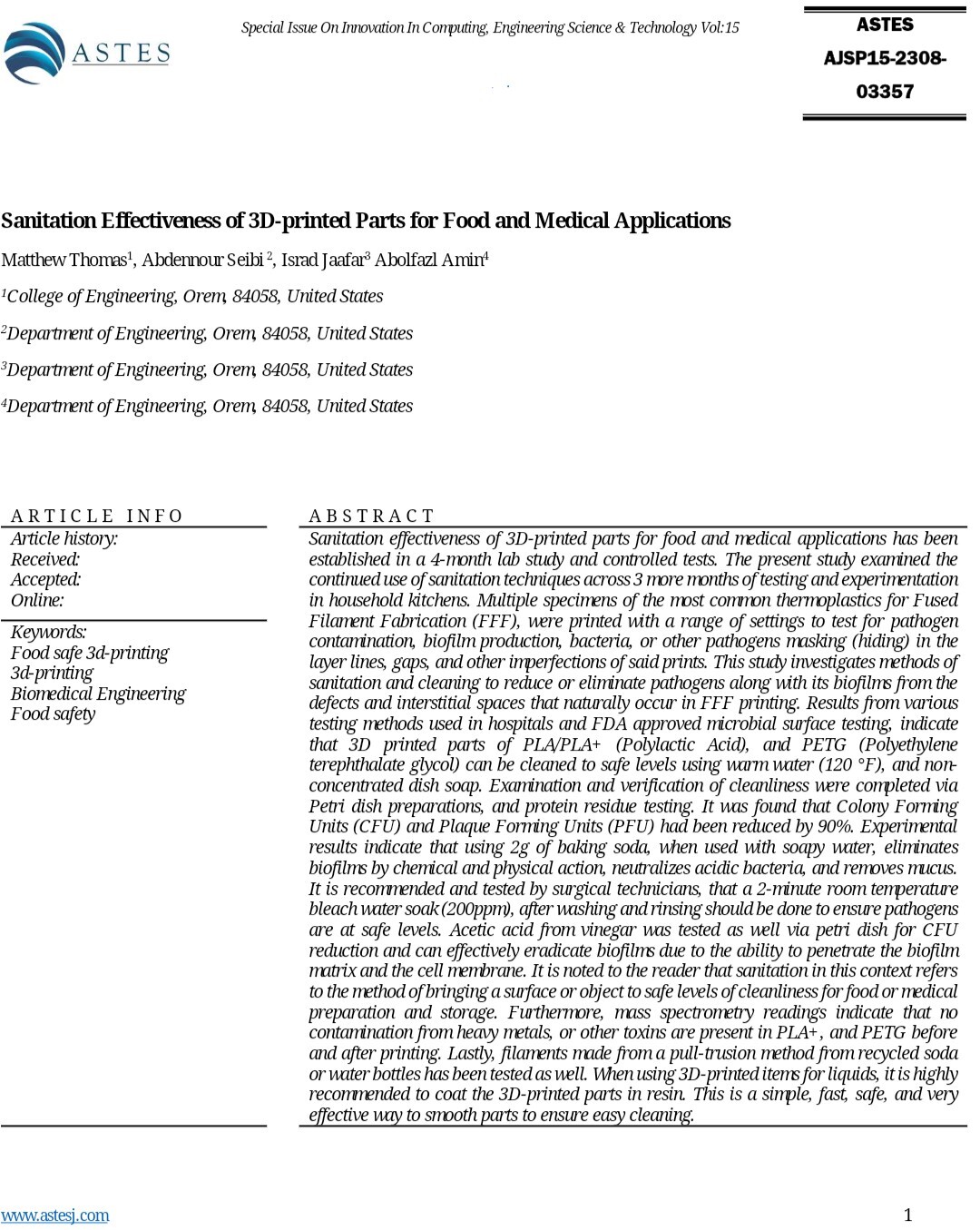As one of my first ever self designed Prints and 3D Models, I wanna do a big organiser for my Kitchen! This is my current progress on that:

One of my friends gave me a word of caution to use the right filament when it comes to storing things like Sugar, Pepper, Salts and Tea Bags with Printed Plastics. So I wanted to ask if any of you have Good Safe Filament Recommendation for this type of thing? I heard PETG is supposedly safe, is that true? Thanks!
PETG is food safe. However! Because FDM is full of gaps, cracks, and voids, NEVER use it to store food that can spoil. Food bits can get trapped in these voids and present a persistent risk for foodbourne illness.
Granulated sugar would be fine if it’s kept very dry, however do note that said voids will not make an airtight container. So I wouldn’t even use it for stuff affected by humidity or oxygen.
If anything I’d almost suggest clearing the inside with a food safe platinum silicone, which should solve most of these issues.
I see! Thanks! Will definetly look into that solution! I do wonder which of these foods would need it tho. The sugar I use is cubed so I reccon that be fine? The Tea is in bags so they are probably fine, how about Salt? I don’t think salt goes bad yea?
Practically speaking, 3D printed stuff is inherently unsafe even with “food safe” filament due to the spaces it allows for bacteria to grow, potential contaminants from the printer itself (like the nozzle), and the risk of microplastic contamination even if you can mitigate risks from the other two.
If you are worried about microplastics, I would also avoid using teabags entirely: Get loose leaf tea and brew it with a stainless steel capsule instead because unfortunately the teabags leach PTFE into your teas.
There are a few studies starting to show up about FDM food safety. Very preliminary results seems to indicate it’s not as unsafe as everyone claims. After all, think about all those plastic cutting boards in daily use in commercial kitchens and homes across the world right now. How much bacteria gets hidden in all those cuts?
But the upshot is that more comprehensive studies do need to be done to determine just how safe or unsafe FDM printed food items are. It’s still at the point of YMMV and proceed with caution as determined by your own risk tolerance.
Mind that in addition to the filament itself: your printer (extruder, nozzle, heat bed etc) should be food-safe, too. The filament is in touch with all the gears, PTFE tubes, brass nozzles, … before it becomes your finished item.
And you’ll always have issues with the layer lines. Equipment that touches food, is supposed to be easy to clean. I.e. have a smooth surface. Otherwise residue, bacteria and mold could stick to the surface. Which is the case with 3d prints unless you make them very smooth or coat them with something else.
And you generally can’t put 3d printed items into the dishwasher or clean them with hot water. Meaning you’d have to do other things to kill bacteria.
I’d say it’s quite some effort to get an 3d print food safe. I use them for dry and packaged things. Not for direct contact with loose food/ingredients.
Lead is used as a stabilizer in brass. So, commercial you’d never hit food safety standards with a brass nozzle.
Personally, I’m not so worried. I’ve made some 3d-printed cookie cutters. It’s heaps safer than the stainless steel cookie cutters we had as a kid that my old man had repaired with 60/40 soldering tin.
As an extra to all that’s being said so far, a food safe material doesn’t mean it has a food safe pigment in it. To be honest, if all you’re going to put into the prints are packaged items (say the tea bags) then meh, not much of a big deal IMO.
@Mr_Mofu
Plastics are in general not good for contact with food. Here’s a meta study. They found 14.402 plastic food packaging materials known to leach substances into food of which 3.601 have been detected in human body.
doi.org/10.1038/s41370-024-007…Pla and Petg are fine but as already talked, they are other things to take in consideration. Best thing you can do is to apply a coating of food safe epoxy.
The primary concern with fdm printed parts is bacteria growth in the gaps and cracks, which you cant really avoid. Some materials allow vapor smoothing, but the most popular candidates ABS and ASA are not food save, even if perfectly smooth.
For storing stuff that does not support bacteria growth (for sure salt, maybe tea bags and pepper) PETG is a good choice. Strong consistent layer adhesion enables water tight print. Its relatively chemically robust and will not chemically react with your food, and not leach out much if at all. It also means its mostly dishwasher safe, especially at low temperatures. You MUST have a properly tuned PETG profile to get a close to perfect surface with minimal defects. Burn of any stringing, otherwise it will end up as microplastic in your food.
For storing stuff that can spoil, the requirements are a lot higher, and the only option is coating with a food safe resin. You should research what is compatible with the printed plastic, and maybe avoid dishwasher or aggressive cleaners.
“Filamentum Non Oilen” is specifically marketed as Food safe. But that might be overkill for your application.







